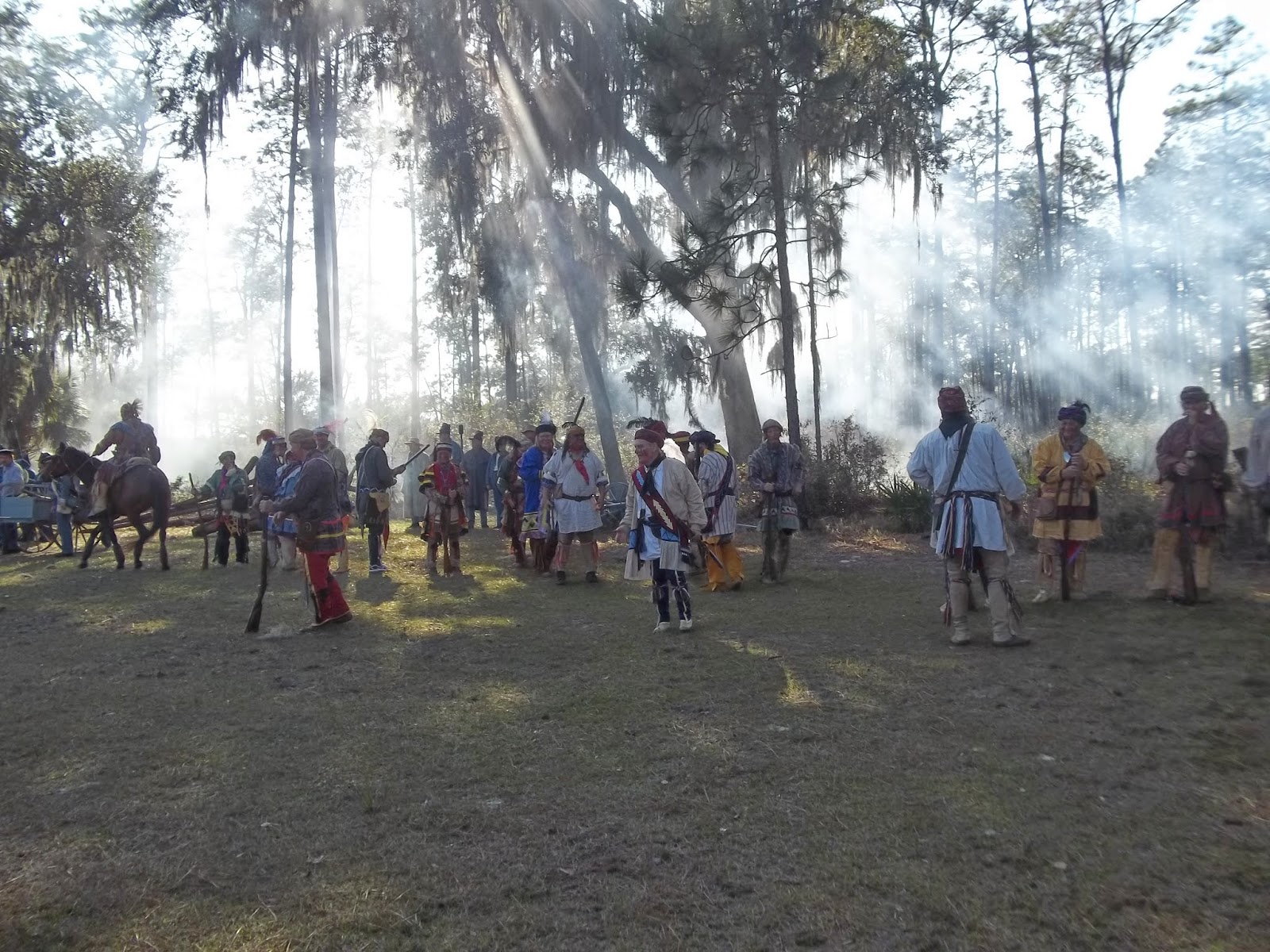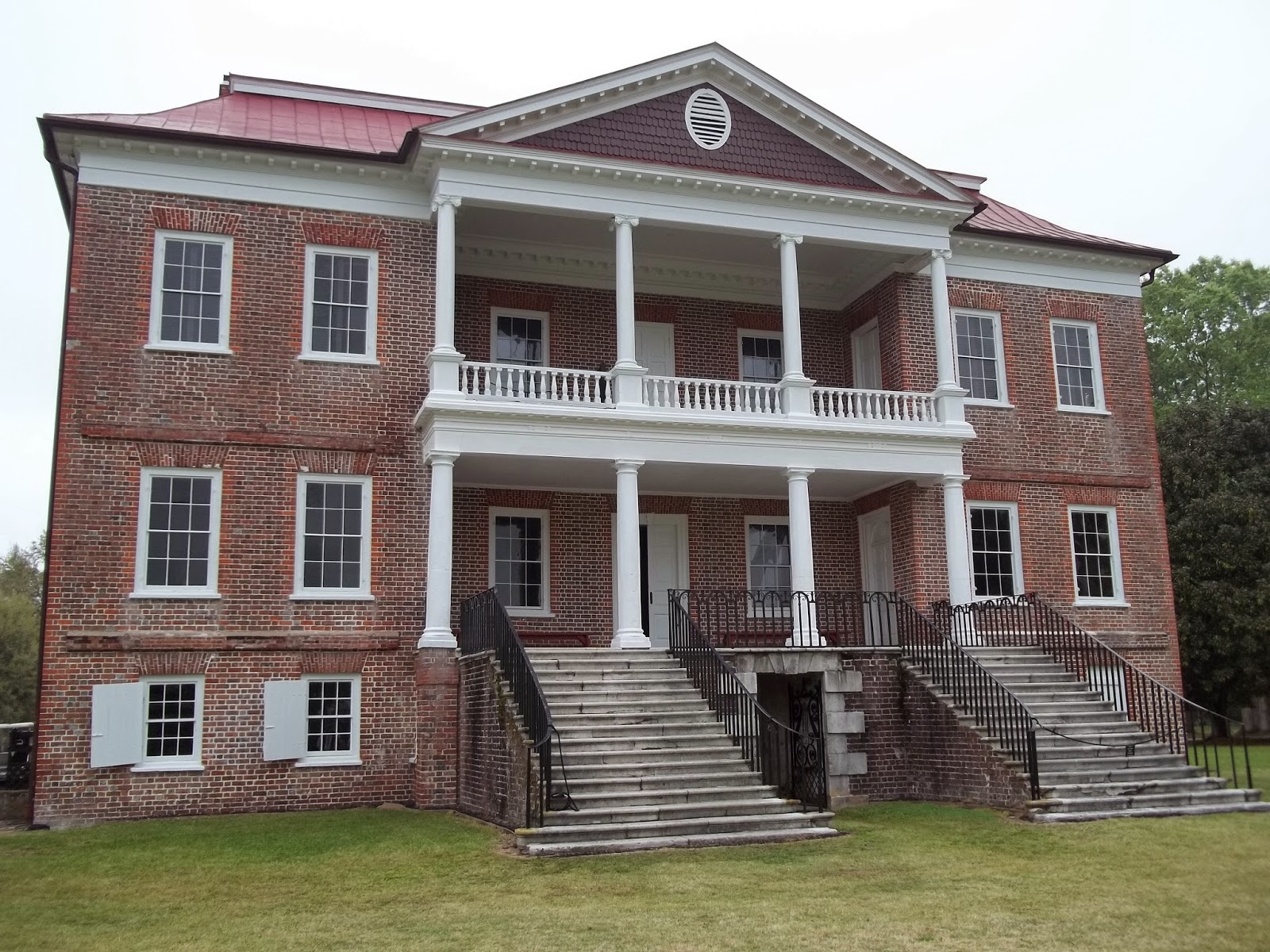Seminole War Re-Enactment
The Fort Dade Re-Enactment occurs every year between Christmas and the New Yea in Dade City, Florida. The actual battle, skirmish, occurred December 28, 1835 and is considered the Second Seminole War. The context of the battle: President Andrew Jackson had already put in place his Indian Removal Act and had begun relocating the Native Peoples east of the Mississippi River. A group of Seminoles, a combination of black runaway slaves and Native Indians from the Creek and Cherokees who had moved south to the swamps areas of Florida, refused to be relocated. They rampaged upon the sugar plantations that lined the east coast of Florida. I have a page dedicated to the ruins of those sugar plantations if you wish to see that. The US Government sent troops to this area, Fort Dade to secure it which led to the series of Seminole Wars. Osceola, the Indian, was captured and sent to Fort Moultrie Charleston where he died and was buried, also on my Charleston blog.
I have taken the time put these pictures in chronological order as they occurred during the battle. There were 108 US soldiers. One of the soldiers survived this massacre, severely wounded and carried himself from the battlefield in Fort Dade to Fort Brooke (modern Tampa) about 50+ miles to alert everyone of the event.
The story as told by the narrator who survived, as does his diary account
Marching on the Kings Highway
Ambushed!
Set up for battle engagement
Firing against an unseen enemy
The enemy stays entrenched
Creating a barrier to hide behind
The wounded, dying and dead are gathered
The Seminoles come in and finish off those who appear to survive
The Battle has ended and the Seminoles claim victory
The spot where Major Dade has fallen.
The white monuments mark specific spots of the battle and where men have fallen. You can still see remnants of Kings Highway, the path where these men walked and fell.
Re-Enactors who indulged my request for photos.
Many generations of the Seminole descendants still live in central Florida and proudly participate in this yearly event
The Discharging of Weapons before they meet and greet the crowd.
Camp and Village Life. These folks set up camp for three days and live life as it would have been in the 1820 period. Although my old bones couldn't handle this, I am appreciative of their dedication and in awe of those who can.
It's important to keep our rumpus covered during battle. CMA
Relics from the archaeological dig on the battle .site
ME! Holding an actual piece of grapeshot from the battle! How stinking cool is that! It's great to be a History Geek







































































